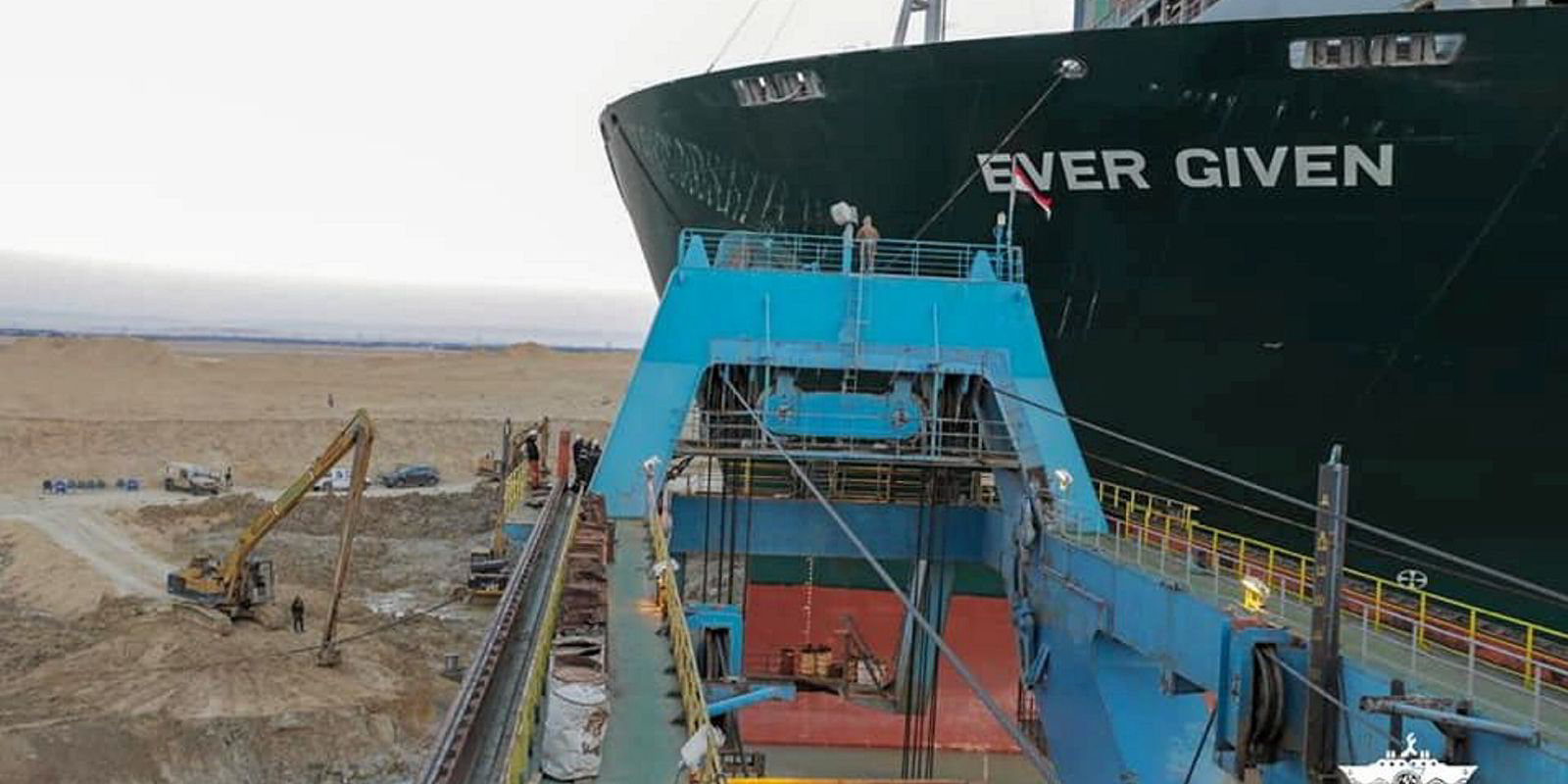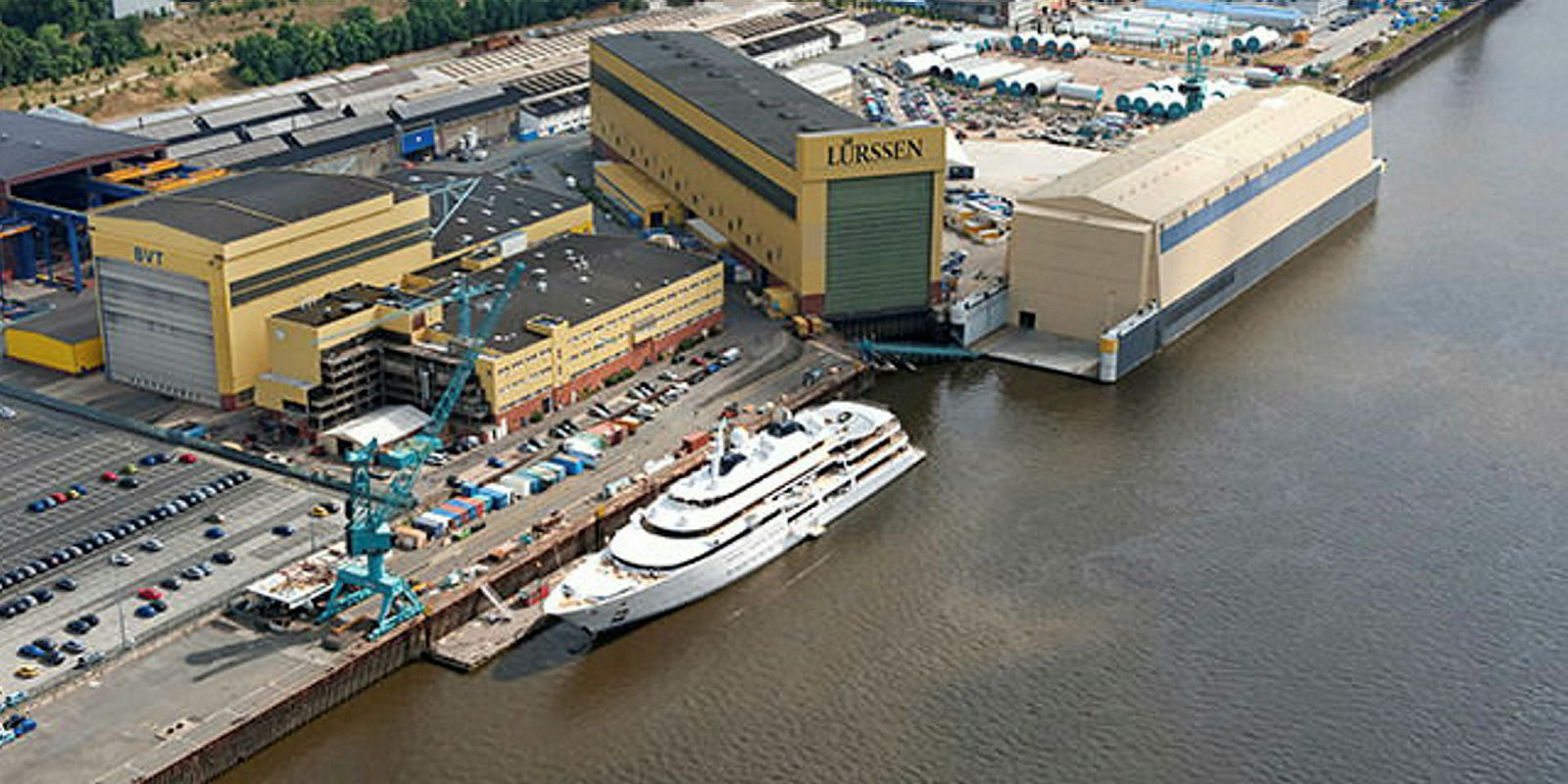Three years on from a dramatic withdrawal of capacity from the marine insurance market, the sector is showing signs it is on the road to recovery.
Back in 2018, the industry appeared to be on its knees, with widespread losses and one of its largest claims ever, following a major fire that destroyed a luxury mega-yacht at Lurssen’s Bremen shipyard in Germany
The success of the Decile 10 programme at Lloyd’s of London — in which management urged unprofitable marine syndicates to leave the market — has been the trigger for a global recovery in hull and machinery insurance and other marine-related lines.
The improved returns have been reflected in the earnings of major providers.
In the Scandinavian market, the Norwegian Hull Club, a marine insurance mutual, earned its highest ever net premium of $230m in 2020, compared with $203m in the previous year, and a net return of $34.8m against a $2.4m loss in the previous year.
The marine division at UK insurer Beazley increased gross premiums to $194.1m, compared with $176.3m in the same period in the previous year.
Beazley’s marine net result was $43.1m in the six-month period, compared with $8.1m in the previous year.
Losses in decline
Total ship losses continue to decline. The latest review by insurer Allianz reported 49 losses in 2020, 50% lower than a decade ago.
There could be one major claim this year for the marine market to absorb, following the grounding of the 20,388-teu containership Ever Given (built 2018) in the Suez Canal. The casualty is predicted to be one of the largest general average settlements to date.
The potential exposures of marine insurers have also been reduced through exclusion clauses related to cyber security and the pandemic.
But many underwriters feel that rates need to climb further, and that the marine market is still oversupplied with capacity.
Rate increase slows
Brokers warn that double-digit increases in both hull and machinery and cargo rates over the last year have already started to slow down in the latter half of this year.
There has also been a dramatic fall in premium income into the sector due to the laying-up of most of the world’s cruiseship fleet during the pandemic.
A number of shipowners have still been able to secure hull and machinery rates at huge discounts, such as a reported $50,000 per year for a VLCC, which has been taken as evidence that the market is still oversupplied with capacity.

Yet the marine business is viewed as a potentially profitable sector with a number of new players entering the market.
Positive signs
The success of Amphitrite Underwriting, a managing general agent (MGA) that was launched in 2018 with the backing of Arch Capital Group, has been taken as a positive sign for the sector.
Marine insurance outfit Navium, a new MGA, was launched by industry veteran Clive Washbourn earlier this year, and is being keenly watched by underwriters. Its founder has set the target of building up the business to become a market leader.
His record of success and insistence on profitable underwriting have earned him the backing of $100m in capacity from insurers Fidelis and Pine Walk.
Washbourn is one of the most well-known and charismatic figures in marine insurance. In his 35-year career, he spent the last 20 with Beazley.
Other newcomers include Victor Insurance, a part of the Marsh group, and North Hull, backed by North P&I Club, which have both started writing new policies this year.
Back to the office
This year also has seen the City of London’s insurance workers slowly return to their offices, but not everything is as before.
Lloyd’s opened its underwriting floor on 15 July and has reserved Wednesdays for marine business trading.
Attendance is reportedly low, with underwriters and brokers seemingly happy to continue with the online quotation, placement and renewal processes that were forced on them by the pandemic.
The London market appears to be working towards a hybrid form of communication. Lloyd’s has introduced a virtual room, through which underwriters and brokers can arrange to meet online rather than on its underwriting floor.
The changes mark a new way of working for a three-centuries-old insurance marketplace steeped in face-to-face tradition.








